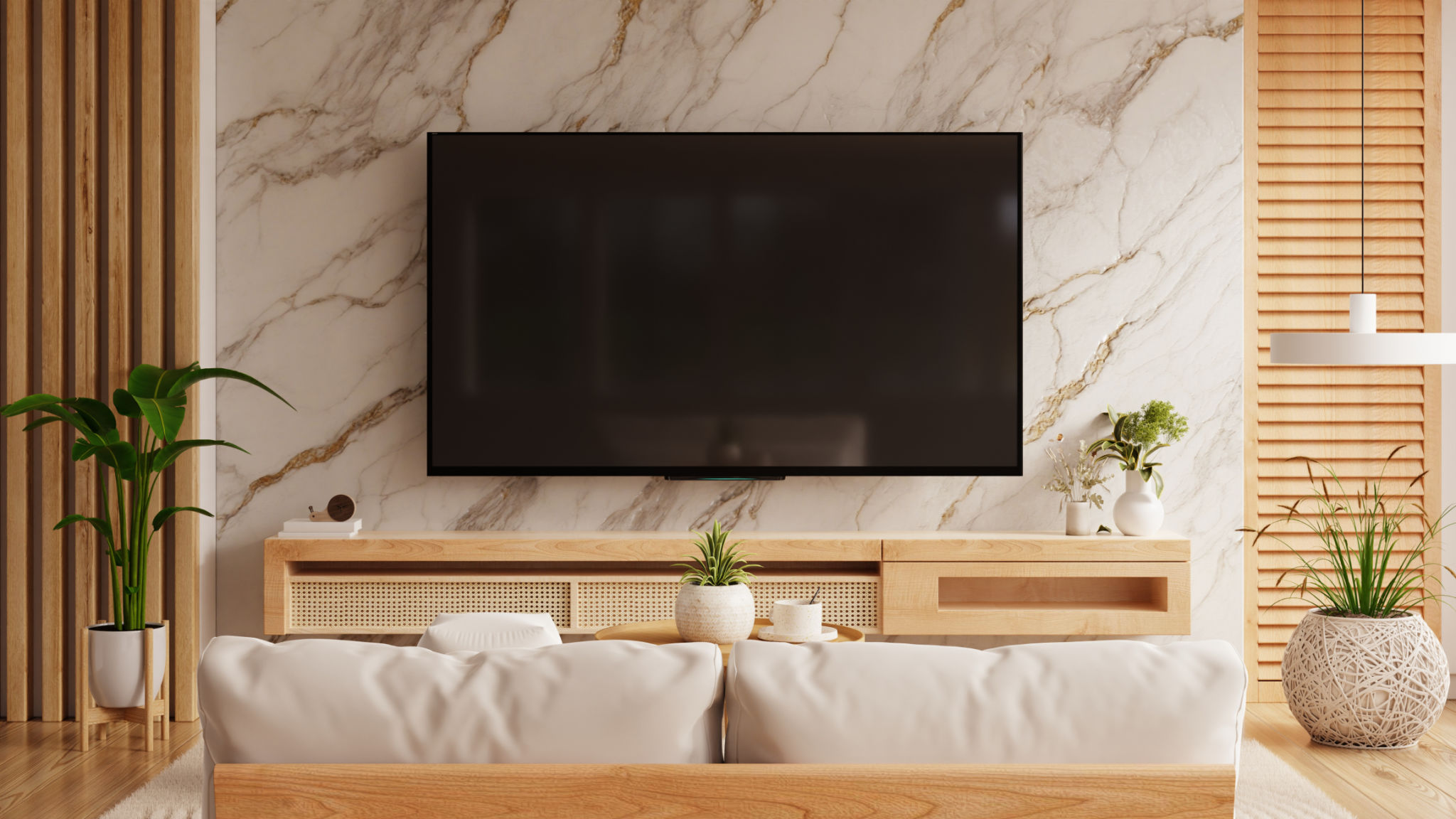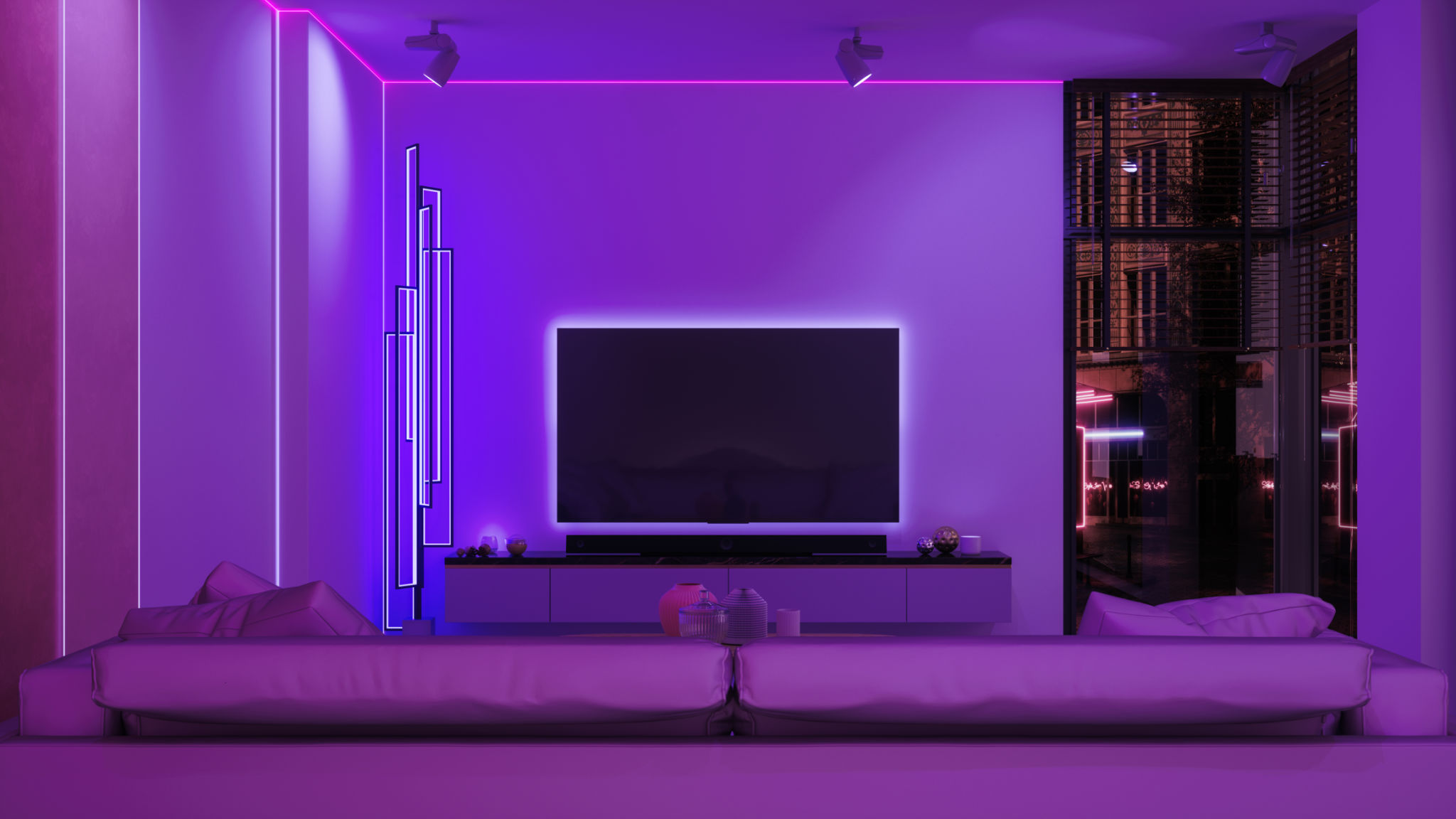Creating the Perfect Home Theater: Tips and Considerations
AP
Introduction to Home Theater Setup
Transforming a regular room into a home theater is an exciting project that promises countless hours of entertainment. Whether you're a movie buff or a sports enthusiast, having a dedicated space to watch your favorite content can elevate your viewing experience. However, creating the perfect home theater requires careful planning and consideration of several factors to ensure optimal performance and comfort.

Choosing the Right Space
The first step in creating a home theater is selecting the right room. Ideally, you'll want a space that's isolated from the rest of the house to minimize noise disturbance. Basements are often a popular choice due to their natural soundproofing and low light levels. If a basement isn't available, choose a room with minimal windows to control lighting conditions.
Consider the size of the room as well. A small room may require a compact setup, while a larger space might allow for more extensive seating arrangements and larger screens. Measure your space carefully to ensure all components will fit comfortably.
Screen and Projector Selection
The screen is the centerpiece of any home theater. Choose between a large flat-screen TV or a projector, depending on your preferences and room size. For those seeking a cinematic experience, projectors paired with high-quality screens can deliver impressive visuals. Consider factors such as resolution, brightness, and contrast ratio when making your decision.

If opting for a projector, ensure you have the proper distance for projection and adequate wall space for the screen. Additionally, consider investing in blackout curtains or shades to control ambient light and enhance picture quality.
Audio System Configuration
A great visual experience must be complemented by excellent sound quality. Invest in a surround sound system that includes multiple speakers strategically placed around the room. Popular configurations include 5.1 or 7.1 systems, which provide immersive audio by using multiple channels.
When setting up your speakers, remember that placement is crucial. Front speakers should be at ear level, while rear speakers can be positioned slightly above to create an enveloping sound field. Subwoofers can be placed in corners to enhance bass response.

Seating and Comfort
Comfortable seating is essential for long viewing sessions. Consider options like recliners or dedicated theater seats that offer support and relaxation. Arrange seats in a way that provides each viewer with an unobstructed view of the screen.
If space allows, consider tiered seating to mimic traditional theater arrangements. This setup ensures everyone has an optimal line of sight, even if the room is packed with friends and family.
Lighting and Ambience
While controlling light is crucial for screen visibility, ambient lighting adds to the overall experience. Use dimmable lights or smart lighting systems to adjust brightness levels easily. Wall sconces or LED strips can create a cozy atmosphere without causing glare on the screen.

Additionally, consider using acoustic panels or heavy curtains to manage sound reflections and improve audio clarity. These elements help create an immersive environment that's both functional and aesthetically pleasing.
Conclusion
Creating the perfect home theater involves more than just assembling top-of-the-line equipment; it's about crafting an environment that enhances every aspect of your viewing experience. By carefully selecting your space, equipment, and design elements, you can build a home theater that rivals any commercial cinema. Remember that attention to detail and personal preferences are key in designing a space that you'll enjoy for years to come.